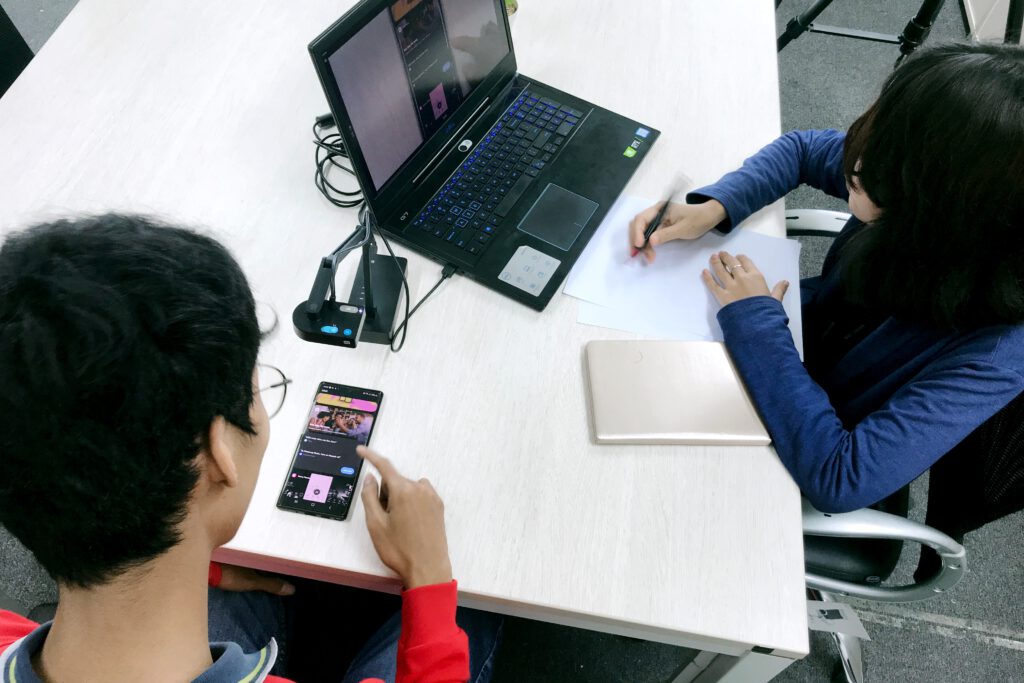Usability Testing
According to the Four Key Risks of Product Management, usability refers to the question of whether users will be able to actually use a new product. Ideally, it is even more than that and users will actually like it. For that, usability testing is required.
In a usability testing session, a researcher will ask a participating user to perform a series of tasks by using dedicated tools or user interfaces designed for these purposes. The participating user then completes these tasks, step by step, while the researcher observes the behavior, notices obstacles, and listens for feedback.
User Interview vs. Usability Testing
To understand the difference between a user interview validating value and usability testing, see the following comparison:
During a User Interview
- there is no need for a working design as the key objective is to ask questions and understand the user journey
- research is attitudinal, as expressed by the user
- ideas, utterances, and remarks by users are included
- participating users have to talk in order to answer questions from researchers
- researchers directly interact and build a strong relationship with users
During Usability Testing
- users will have to interact with a design as the key objective is to test a design proposal
- research is behavioral as observed directly by the user
- ideas, utterances, and remarks by users are included
- participating users primarily interact with the system
- researchers ideally fade into the background making the user feel as if they were on their own
Running a Usability Test

Before the actual test session is actually conducted, it needs to be planned and users recruited. So, the actual goals of the test have to be clarified, the infrastructure provided, and a target user needs to be available ideally for a face-to-face session. Users could be recruited from existing customers, from subscribers to a newsletter service, they may be found where they typically congregate, or a dedicated agency might help in recruiting. What is essential, though, is that any such user is from the target market and knows enough about the subject to be able to provide valuable feedback.
The actual test session then usually consists of
- setting the stage and explaining to the user what will happen and why their input matters,
- managing expectations by clarifying that, e.g., it will just be a prototype that the user will see,
- give the user access to the system and a list of tasks they should perform,
- stepping back and letting the user while encouraging them to “think aloud”,
- quietly observing, taking notes, and potentially recording what the user does, and where they struggle.
The latter is particularly important. It is the job of the researcher to quietly observe, to even see the user struggle. Any help, hints, or guidance would, in fact, distort the result of the entire experiment.
At the end of the test, reserve some time to, of course, thank the participants for their help and address any follow-up questions that might occur.
